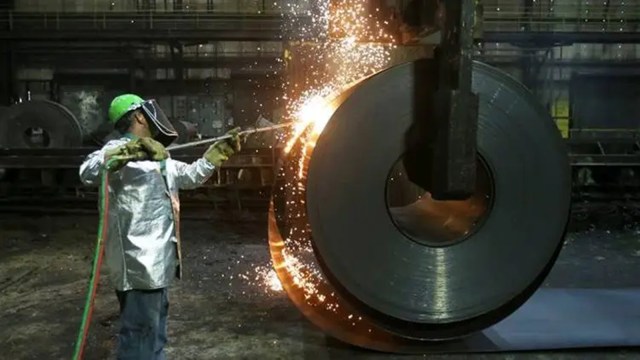India is likely to lower tariffs on a range of items including high tariff products such as cars, whiskey and machinery items for the first time under the free trade agreements (FTAs) with developed economies and is moving away from looking at tariffs as a source of revenue during negotiations, a government official said.
This comes amid internal consultations between the finance ministry and the commerce ministry to assess the impact of the major duty reductions that could be announced as part of the FTAs. India is currently negotiating FTAs with the UK, the European Union(EU), Australia and Oman, and India could lower duties on goods and services sharply.

“Things are moving in the direction where tariffs cannot be a source of revenue. Tariffs contribute to revenue but a free trade agreement cannot be accessed on the basis of tariffs because when free movement of goods and services happen, the overall economic growth is immense. Revenue will be a minor part of the whole story,” the official said on the condition of anonymity.
Tariffs are customs duties on goods imported into a country. New Delhi has the highest import duty compared to most major economies with an average Most Favored Nation (MFN) rate of 18 per cent, about twice the global average, according to the World Trade Organization (WTO) Tariff Profile database. In trade parlance, the most-favored-nation clause requires WTO members to offer the same trade terms to all trading partners.
The union government estimates to receive Rs 2.3 lakh crore in revenue from custom duty in 2023-24, about 11 per cent higher compared to the 2022-23 revised estimates of Rs 2.1 lakh crore according to the official figures.
Customs duties contribute about 8 per cent of the gross tax revenue. The total import tax collection in 2021-22 stood at Rs 1.99 lakh crore.
“India is a high tariff economy. Even if you see the major South Asean countries or the global landscape, the average tariff has gone pretty down. There is a tendency to remove tariff barriers across the globe. It is because of global value chain integration and India is also doing that with the help of free trade agreements, the official said.
Story continues below this ad
As part of the UK FTA, India is contemplating a reduction in duty for the imports of Scotch whisky from the UK that attracts a 150 per cent and slash tariffs on automobiles that stands at 100 per cent. Under the partial trade deal signed with Australia, India had lowered duty for Australian wines for the first time.
The official said that the opening up of the economy will be undertaken in a calibrated manner and that the commerce ministry is consulting with the finance ministry over the revenue implications. “We are looking for more competition, quality and consumer benefits in the economy are moving away from protectionism,” the official added.
High tariffs are among the key concerns raised by trade partners India is negotiating FTA with. The simple average tariff on goods imported into the UK from India is 4.2 per cent but the simple average tariffs on UK exports to India was 14.6 per cent, UK’s department of international trade said in a report on India.
India has raised duty even on intermediate and capital goods that are used in the manufacturing process which is higher than competitors such as Vietnam and Indonesia. In the last decade, India’s trade-weighted average MFN rate jumped from 7.7 per cent to 11.4 per cent, while the global average decreased from 7.5 per cent to 6.9 per cent, MVIRDC World Trade Center said in a report. The report added that duties imposed on capital goods such as electrical machinery, non-electrical machinery and transport equipment are also higher compared to the global average.
Story continues below this ad
High tariffs have also been flagged by the US trade ministry saying that India’s tariff regime has large disparities between bound rates and the most favored nation (MFN) applied rates charged at the border. US exporters face “tremendous uncertainty because India has considerable flexibility to change tariff rates at any time”, the US Trade Representative said.
“India’s trade regime and regulatory environment remains relatively restrictive. Technical barriers to trade (TBT), sanitary and phyto-sanitary (SPS) measures, deviation from internationally-agreed standards, as well as discrimination based on legislative or administrative measures by India, affect a wide range of sectors, including goods, services, public procurement and investment,” European Union said on trade with India.

































